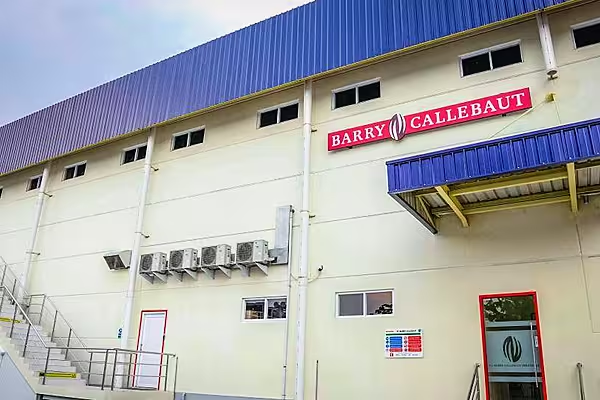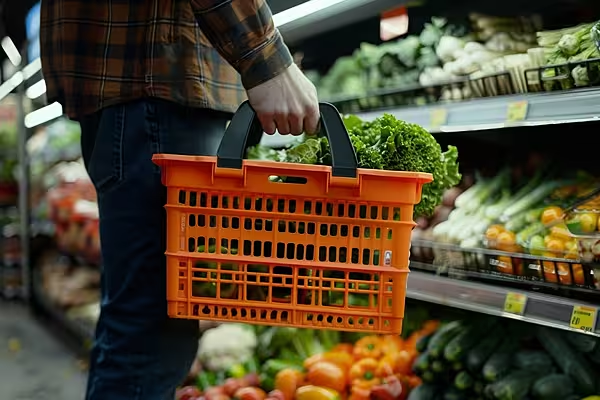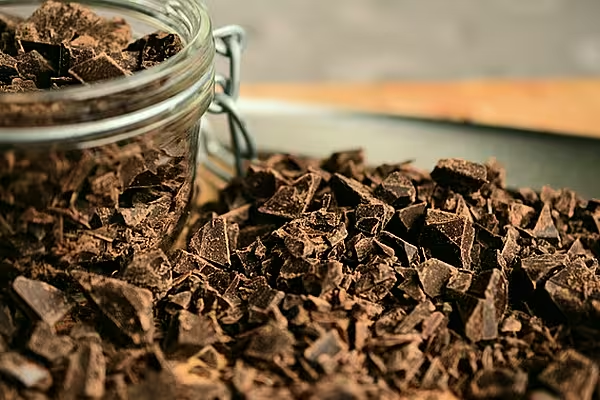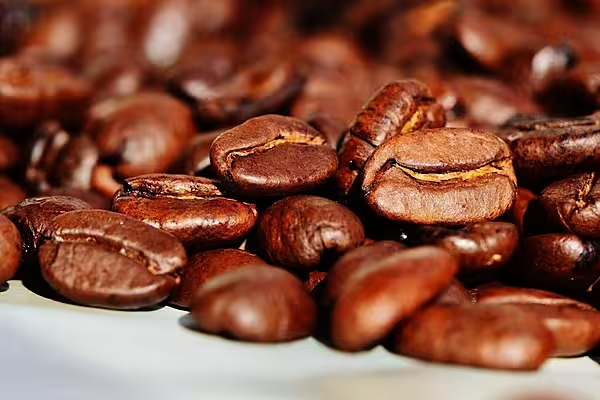Rains were below average last week in most of Ivory Coast's cocoa-growing regions, with more needed to ensure the harvest is strong in February and March, farmers have said.
Ivory Coast, the world's top cocoa producer, is in its dry season from mid-November to March, when downpours are scarce.
Farmers across the country said soil moisture remains high and that leaves are green on the cocoa trees, with plenty of pods ready to be harvested in January.
In the centre-western region of Daloa and the central region of Bongouanou, where rains were below average last week, farmers said that intermittent rainfall this month would help to extend the harvest into February and March.
"If we have good rains, the harvest will not stop abruptly in January," said Gerard M'Bra, who farms near Daloa, where 0.6 millimetres (mm) of rain fell last week, 3.6 mm below the five-year average.
No rain fell in the central region of Yamoussoukro, but farmers said that soil moisture content remains adequate.
Bean Quality
In the western region of Soubre and the southern region of Agboville, farmers said buyers were happy with the quality of beans and that deliveries from the bush were rising.
"We have good sun, which is helping to dry the beans rapidly," said Daouda Dembele, who farms near Soubre, where 3.4 mm of rain fell last week, 6.4 mm below average.
Good growing conditions were reported in the eastern region of Abengourou, where 6.1 mm fell last week, 3.6 mm below average.
Weekly average temperature ranged from 27.2 to 30.1 Celsius degrees in Ivory Coast last week.
Cocoa production in top producer Ivory Coast is down 10% percent from the same period last season, port arrival figures showed, and farmers and buyers worry the trend could continue through the end of the main-crop harvest.











